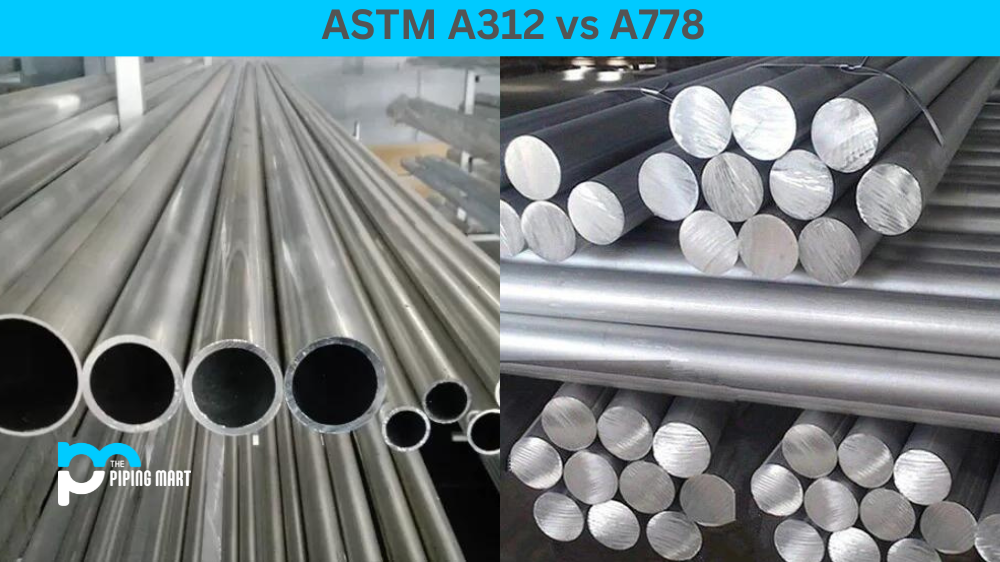When it comes to manufacturing, choosing the right type of metal can make all the difference. A variety of metals have different characteristics, so it’s important to choose the one that best suits your needs. In this blog post, we’ll look at nickel and aluminum to determine the better option for your business.
Difference Between Nickel and Aluminum
Nickel is a hard, durable metal often used in industrial applications due to its strength and corrosion resistance. It is relatively expensive compared to other metals, such as aluminum, but its superior properties may be worth the extra expense. However, nickel does have some drawbacks; it is heavy and has a low melting point, meaning that it can be challenging to work with when manufacturing products.
On the other hand, aluminum is much lighter than nickel, making it easier to work with and transport. It also has excellent corrosion resistance properties and is relatively inexpensive compared to other metals. Additionally, aluminium has a high melting point, so it can withstand higher temperatures without weakening or corroding. This makes it an ideal choice for products that need to withstand extreme temperatures, such as car engines or electronic components.
Aluminium also has good electrical conductivity properties, making it suitable for electrical applications such as wiring and circuit boards. The only downside of aluminum is that it tends to be softer than other metals, meaning certain products may not hold up well under pressure or heavy usage.
Chemical Composition
Nickel is a chemical element with the symbol Ni and atomic number 28. It is a silvery-white lustrous metal with a slight golden tinge. Nickel belongs to the transition metals and is hard and ductile. Pure nickel, powdered to maximize the reactive surface area, shows a significant chemical activity, but larger pieces are slow to react with air under standard conditions because an oxide layer forms on the surface and prevents further corrosion.
Aluminium or aluminum is a chemical element with the symbol Al and atomic number 13. It is a silvery-white, soft, non-magnetic and ductile metal in the boron group. By mass, aluminium makes up about 8% of the Earth’s crust; it is the third most abundant element after oxygen and silicon and the most abundant metal in the crust, though it is less common in the mantle below. The chief ore of aluminium is bauxite.
Uses
Nickel alloys are used for many different purposes including electrical wiring, batteries, coins, magnets, jewelry, stainless steel products and more. Aluminium alloys are used in many different applications including aircraft construction, beverage cans, siding and gutters, automobile wheels and more.
Melting point
Nickel has a higher melting point than aluminium (1453°C vs 660°C). This means that it can be used at higher temperatures without fear of it melting. Aluminium has a lower density than nickel (2.7 g/cm³ vs 8.9 g/cm³). This means that aluminium products will be lighter than nickel products of the same size.
Cost
Nickel is more expensive than aluminium (approximately $5-$6 per pound for nickel vs $0.50-$1 per pound for aluminium).
Conclusion:
Nickel and aluminium have their unique benefits and drawbacks when manufacturing products. It’s important to consider which metal would be best for your product before deciding; if you need something strong yet lightweight, then aluminium could be the way forward. If you need something more durable, nickel could be your best bet. Ultimately, by weighing up all of these factors, you can decide which metal will work best for your business needs.
Meet Heer, a dynamic and driven writer learning tricks of her trade in the metal industry. With a background in Digital Marketing, Heer brings a unique perspective to her writing, sharing valuable insights. Apart from blogging she like reading and hiking.




